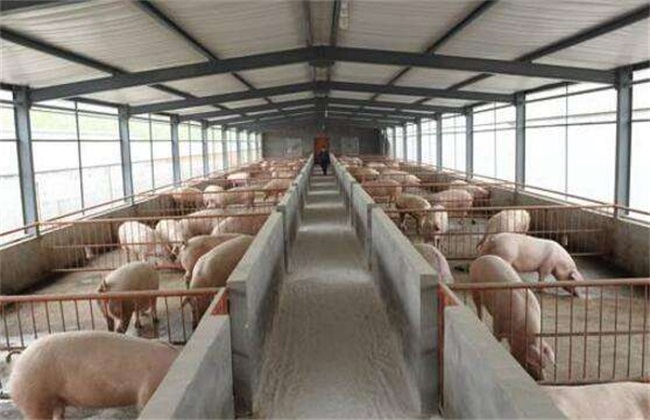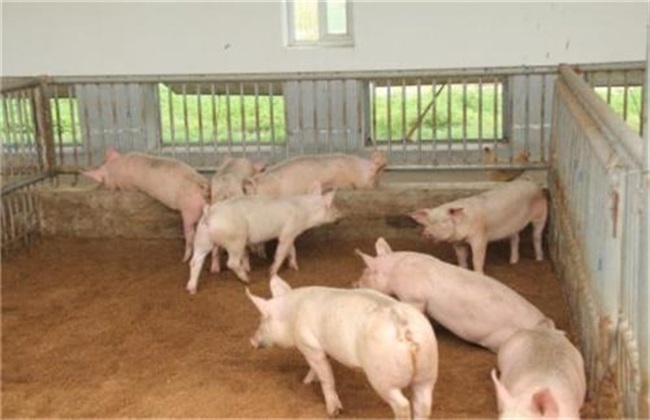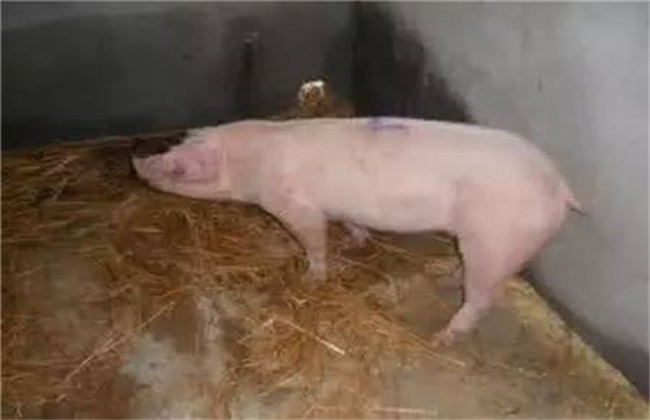How to remove ammonia from piggery in winter
The temperature in winter is very low, and many pigs are raised in order to ensure that the temperature in the pigsty is suitable to avoid the low temperature affecting the growth of pigs. Will seal the pig house strictly to prevent the invasion of thieves. Although it can maintain the temperature well, it is easy to produce a large amount of ammonia in the sealed space. Ammonia can cause various respiratory diseases in pigs, which is very disadvantageous to their growth. So how to remove ammonia from piggery in winter? Let's take a look at it.

1. Strengthen ventilation
The high ammonia content in the pigsty in winter is mainly caused by being too closed. Therefore, if you want to increase the ammonia content in the pigsty, then strengthening the ventilation to discharge the ammonia from the house is the best option. There are many methods of ventilation, if there is a fan, then you can turn on the fan, you can also open the vents, doors and windows for ventilation, so that the pig house air convection. However, it should be noted that when ventilating in winter, it is necessary to ensure the temperature of the pigsty. It should be carried out at noon when the temperature is high, so as to prevent pigs from catching a cold caused by the wind.
2. Strengthen the management
When raising pigs in winter, we should strengthen the daily hygiene management of pig houses. Feces and urine produced by pigs should be removed in time, pigs should not be allowed to drink contaminated water sources, and a dry and clean environment should be maintained in the house. Then we should pay attention to check the feeding equipment regularly and wash and disinfect it to reduce the source of toxins and ensure that the water source is clean enough. At the same time, we should also pay attention to the integrity of drinking water equipment, can not appear dripping leakage phenomenon, to avoid increasing the humidity in the pigsty.
3. Culture density
In winter, because the temperature is very low, in order to keep the pigs warm, many farmers will appropriately increase the breeding density, so as to increase the pig's body temperature. Although this is indeed a good way to keep warm, it should not be kept too close. If the feeding density is too high, it will also increase the content of ammonia, which will affect the growth and development of pigs. Therefore, when we regulate the feeding density of pigs in winter, we should have a reasonable plan. For example, if it is a fattening pig, then it covers an area of about 1.5 square meters, and if it is a care pig, it can be controlled at 0.5 square meters per pig.
4. Feed management
In addition, we can also add an appropriate amount of fermented feed to pig feed, which can effectively reduce the content of ammonia. Because fermented feed can enhance the digestive ability of pigs, pigs can make full use of converted feed and improve feed utilization. And it can also avoid the microflora in the gastrointestinal tract of pigs and reduce the waste produced after digestion. With the reduction of waste, the content of ammonia will naturally be reduced, thus achieving the purpose of eliminating ammonia.
The above is a brief introduction of how to remove ammonia from piggery in winter. That's all for today's introduction, this article attack reference, hope to be able to help you!
Related
- On the eggshell is a badge full of pride. British Poultry Egg Market and Consumer observation
- British study: 72% of Britons are willing to buy native eggs raised by insects
- Guidelines for friendly egg production revised the increase of space in chicken sheds can not be forced to change feathers and lay eggs.
- Risk of delay in customs clearance Australia suspends lobster exports to China
- Pig semen-the Vector of virus Transmission (4)
- Pig semen-the Vector of virus Transmission (3)
- Five common causes of difficult control of classical swine fever in clinic and their countermeasures
- Foot-and-mouth disease is the most effective way to prevent it!
- PED is the number one killer of piglets and has to be guarded against in autumn and winter.
- What is "yellow fat pig"? Have you ever heard the pig collector talk about "yellow fat pig"?



